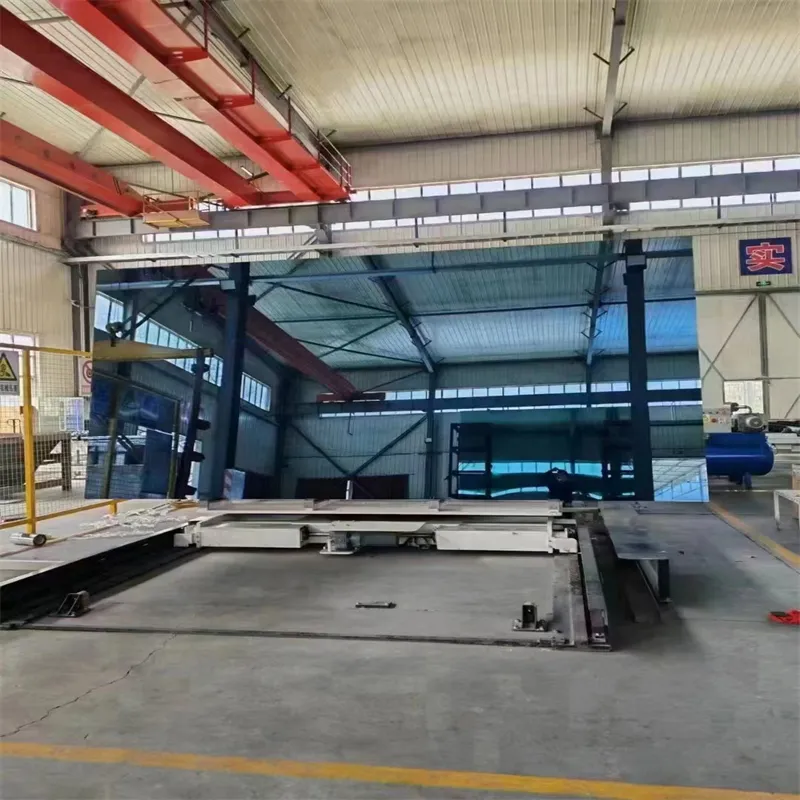Nov . 12, 2024 11:10 Back to list
black reflective glass
The Allure of Black Reflective Glass A Modern Architectural Element
In the world of contemporary architecture and design, materials play a crucial role in defining aesthetics, functionality, and sustainability. Among the myriad of choices available, black reflective glass has emerged as a compelling option for both commercial and residential projects. Not only does this material present a striking visual appeal, but it also offers a range of practical advantages that contribute to its growing popularity.
Aesthetic Appeal
Black reflective glass captures the imagination with its sleek and modern look. The deep black hue creates a sense of elegance and sophistication, while the reflective quality allows it to interact dynamically with surrounding light and landscapes. Buildings adorned with this material can seamlessly blend into their environments, reflecting the surroundings and creating an ethereal effect. This versatility makes black reflective glass an ideal choice for diverse architectural styles, from minimalist urban high-rises to luxurious private homes.
The use of black reflective glass can also redefine traditional spaces. For instance, in a residential setting, a facade crafted from this material can create a striking contrast against natural elements like greenery and water. During the day, the building can appear to vanish into the environment, while at night, the glass can glow with light, transforming the space into a beacon of modernity and style. As such, it not only serves as a building material but also as a canvas for creative expression.
Functionality and Performance
Beyond its aesthetic qualities, black reflective glass offers practical benefits that enhance its appeal. One of the key advantages is its ability to reduce solar heat gain. The reflective surface deflects a significant portion of solar radiation, helping to maintain a comfortable indoor temperature, especially in warmer climates. This energy efficiency not only contributes to a more pleasant living or working environment but also reduces reliance on air conditioning, ultimately lowering energy costs.
Moreover, black reflective glass is a durable material that can withstand harsh weather conditions. Its surface is less susceptible to scratching and damage compared to traditional glass, making it an excellent choice for both exterior applications and high-traffic areas. Additionally, advancements in manufacturing techniques have led to the development of low-emissivity (low-e) coatings for black glass, further improving its thermal insulation capabilities. These features make it a sustainable choice in the long run, aligning with the growing emphasis on environmentally conscious building practices.
black reflective glass

Enhancing Privacy and Security
Another significant benefit of black reflective glass is its capacity to enhance privacy without sacrificing natural light. In urban environments where buildings are close together, this material can provide occupants with a sense of seclusion. The reflective nature obscures the interior views from the outside, allowing the use of large windows without the constant worry of prying eyes. Consequently, residents and employees can enjoy unobstructed views of their surroundings while maintaining their privacy.
Security is also a pivotal consideration in modern architecture, and black reflective glass contributes positively in this regard. The dense, dark coloration makes it harder for potential intruders to see inside, acting as a deterrent. Additionally, many varieties of reflective glass are manufactured with shatter-resistant properties, providing added peace of mind.
A Creative Tool for Designers
Architects and designers are increasingly embracing black reflective glass as a versatile tool to push the boundaries of conventional design. Whether integrated into facades, canopies, or interior spaces, this material can create dynamic visual effects, allowing designers to manipulate light, space, and perception. It can be used in conjunction with other materials, such as metal and wood, to create juxtaposition and harmony within a design.
Conclusion
In conclusion, black reflective glass stands out as a modern architectural element that merges beauty, functionality, and sustainability. Its aesthetic appeal coupled with its performance characteristics makes it a sought-after material for various applications. As architects continue to explore innovative ways to utilize reflective glass, it is poised to remain a staple in contemporary design, shaping the skylines and interiors of tomorrow. As we embrace a future that increasingly prioritizes sustainability and uniqueness in architecture, black reflective glass will undoubtedly play a pivotal role in defining our built environment.
-
Safety and Style with Premium Laminated Glass Solutions
NewsJun.24,2025
-
Reinvents Security with Premium Wired Glass
NewsJun.24,2025
-
Premium Float Glass Line for Modern Architecture
NewsJun.24,2025
-
Low Emissivity Glass for Energy-Efficient Architecture
NewsJun.24,2025
-
High-Performance Insulated Glass Solutions for Modern Architecture
NewsJun.24,2025
-
Elevates Interior Style with Premium Silver Mirror
NewsJun.24,2025
Related PRODUCTS














